A year ago, our lives underwent a drastic change due to the Covid-19 virus. One of the pandemic’s main consequences experienced nearly all-over the world was a mandatory retirement to our homes. During this time, most experienced for the first time, the tricky task of learning how to balance work, family life, education, leisure, sport and other activates typically performed outside of the home.
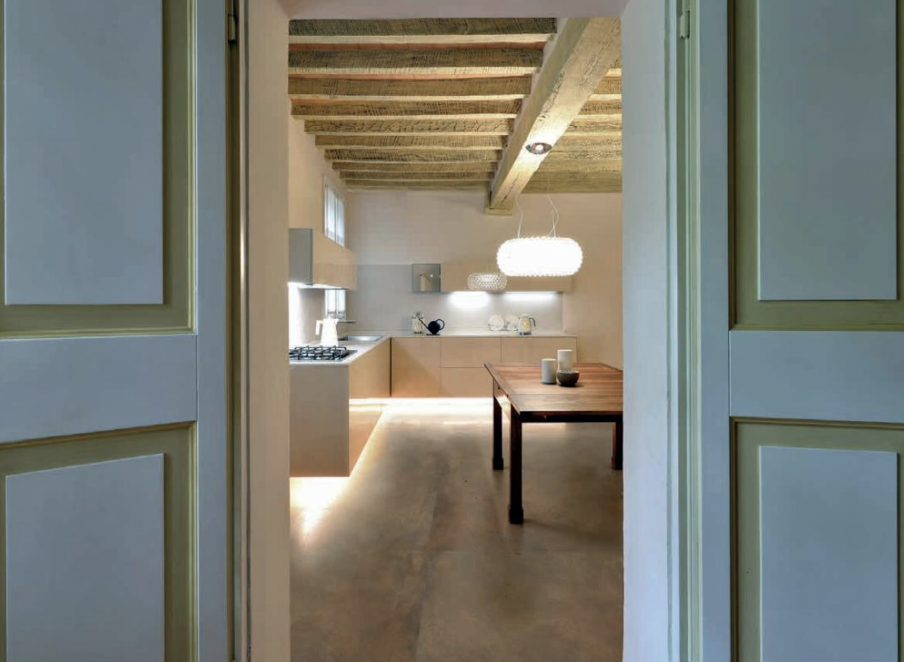
As a global population, we have gone from a life enjoyed primarily in public settings, to living close to 24-hours a day within the confines of our residences. With this much time spent indoors, most homeowners have taken the time to dream up ways of improving their homes, with most renovation projects containing one or more of these wish list items:
- A spacious kitchen or open-concept living and dining where family and friends can gather, entertain and cook together.
- A comfortable and secluded space to work remotely from home, with ample lighting, proper internet connection and ergonomic furniture for added support.
- An expansive outdoor space that will serve as an extension of interior living areas.
- Establishing an environment that is not only sustainable and environmentally friendly but aid in health and wellness.
In a recent study led by the Spanish Association of Ceramic Tile and Building Suppliers (ANDIMAC), Spaniards rated the current quality of life in their homes with a score of 6.8 and almost 40% of all Spanish homes fail to contribute to the well-being of their users.
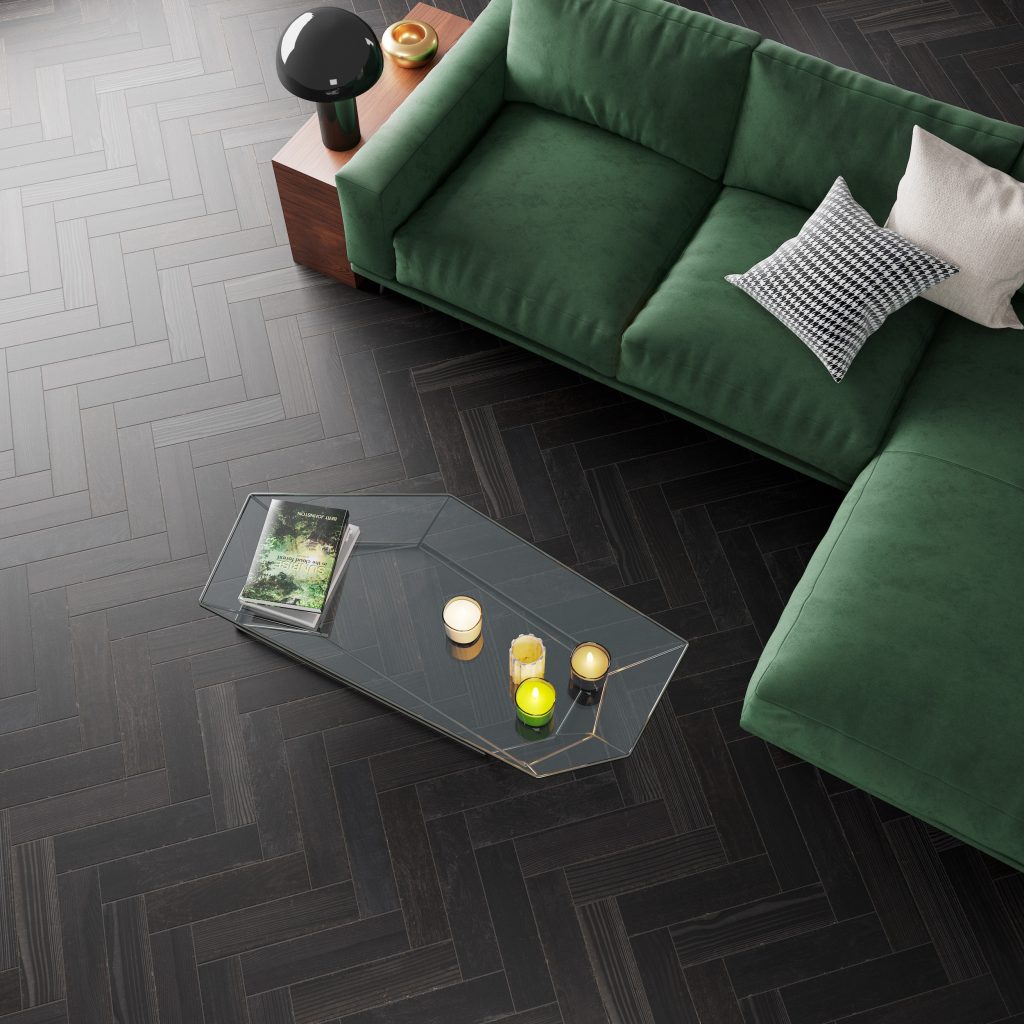
Another consequence of the pandemic has been the changing of priorities when it comes to materials selection in residential environments. With precedence given to surfaces and supplies that contribute to hygiene, safety, and security.
When tile products are used for indoor walls, floors and even countertops, furniture and more, they offer a series of technical properties that are able to mitigate commong household problems that are often overlooked such as thermal comfort, health, accessibility and the design of a room.
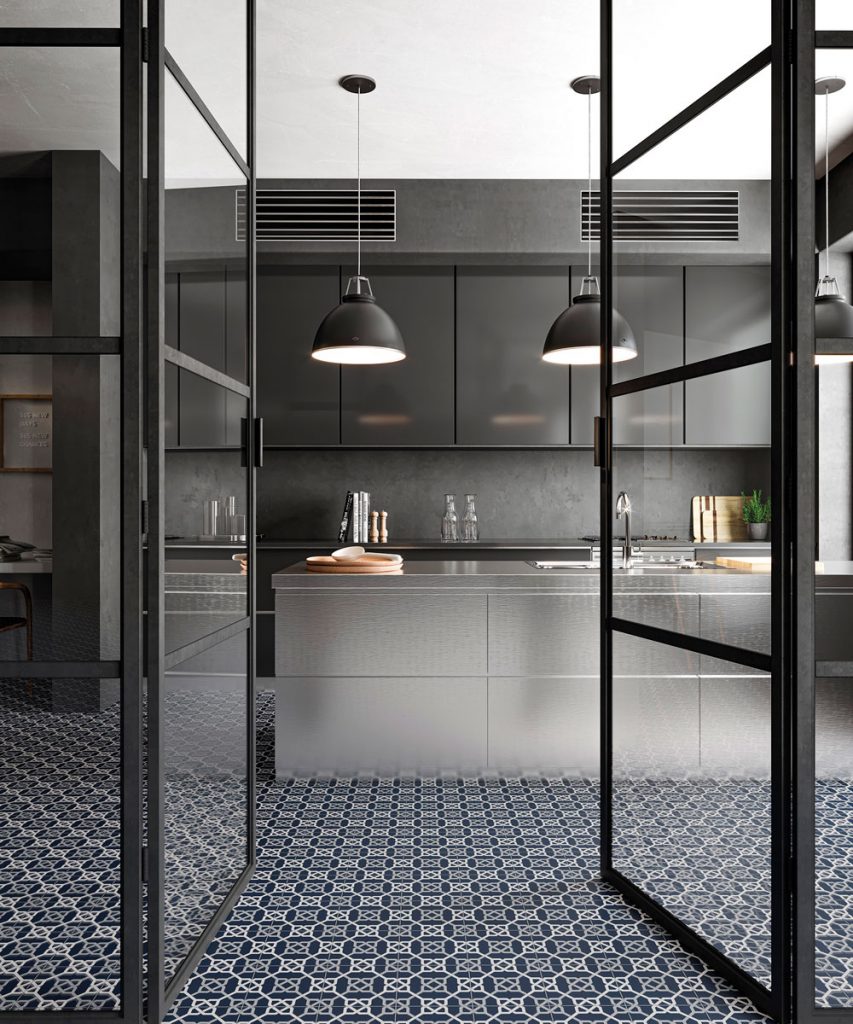
Ceramic materials stand out for their inalterability, non-toxic and recyclable qualities, as well as resistance to fire and scratches. Their disinfecting properties have been more than demonstrated, given that, traditionally, ceramic tiles have always tended to be used in places where cleanliness is a high priority, such as bathrooms and kitchens.
The environmental benefits of using ceramic tile are another important aspect homeowners should take into consideration. They are made of natural raw materials including water and clay, can easily be recycled and re-used in the ceramic production cycle. They do not contain plastic or harsh ingredients and are produced with eco-friendly manufacturing processes.
In addition to their technical advantages and composition, ceramic tiles are incredibly visually versatile. Collections are available in a vast range of colors, finishes, formats, shapes and sizes and lend to infinite design possibilities. The application of each piece or series is at the digression of the designer or homeowner and can be installed as a decorative accent or a statement surface that has the power to define a space.
Below we highlight three different ways homeowners can enhance their interiors and exteriors with ceramics from Spain:
Clean and Organized Environments
In recent months, the kitchen has become a refuge for aspiring home-chefs, allowing them to experiment and explore their talents by cooking new and exciting dishes for family and friends.
As one of the most considered rooms in the home, the kitchen should be outfitted with materials and finishes that support a clean and holistic environment. Thanks to their low porosity, ceramics have become the ideal surface material for countertops, floors and walls in the kitchen. They do not absorb food or beverage stains, reduce the build-up of bacteria and germs and are easy to clean.
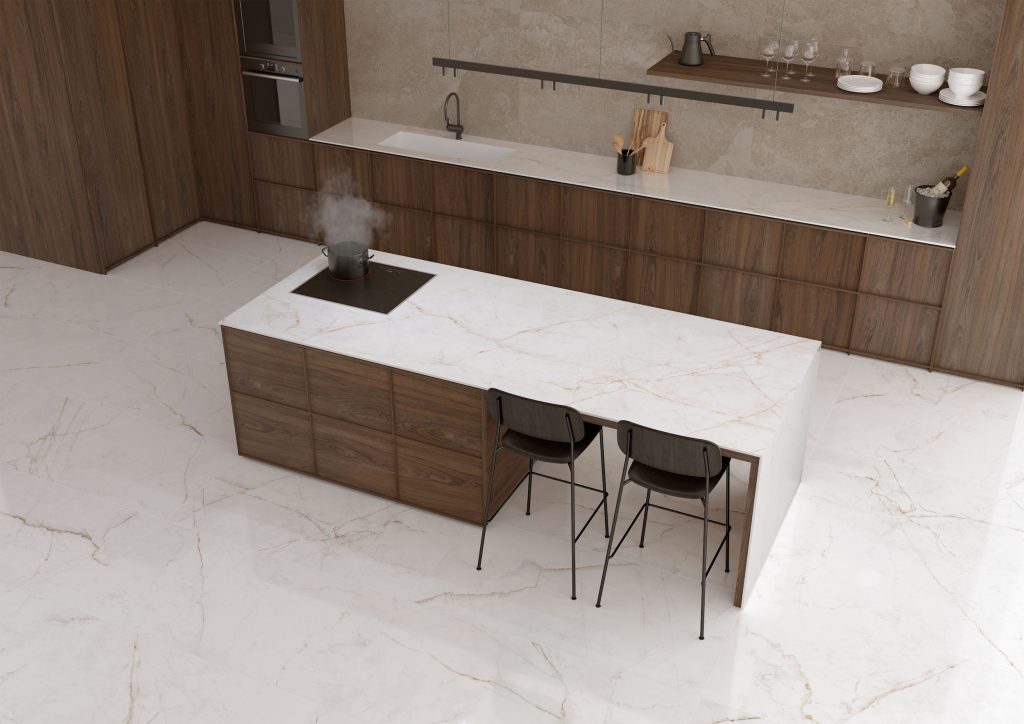
Similarly, bathrooms are another room in the home where cleanliness and hygiene are all important. In bathroom remodeling projects, ceramic materials and an unparalleled choice, thanks to their antibacterial properties and non-slip finishes for showers and floors, which help to prevent accidents and falls.
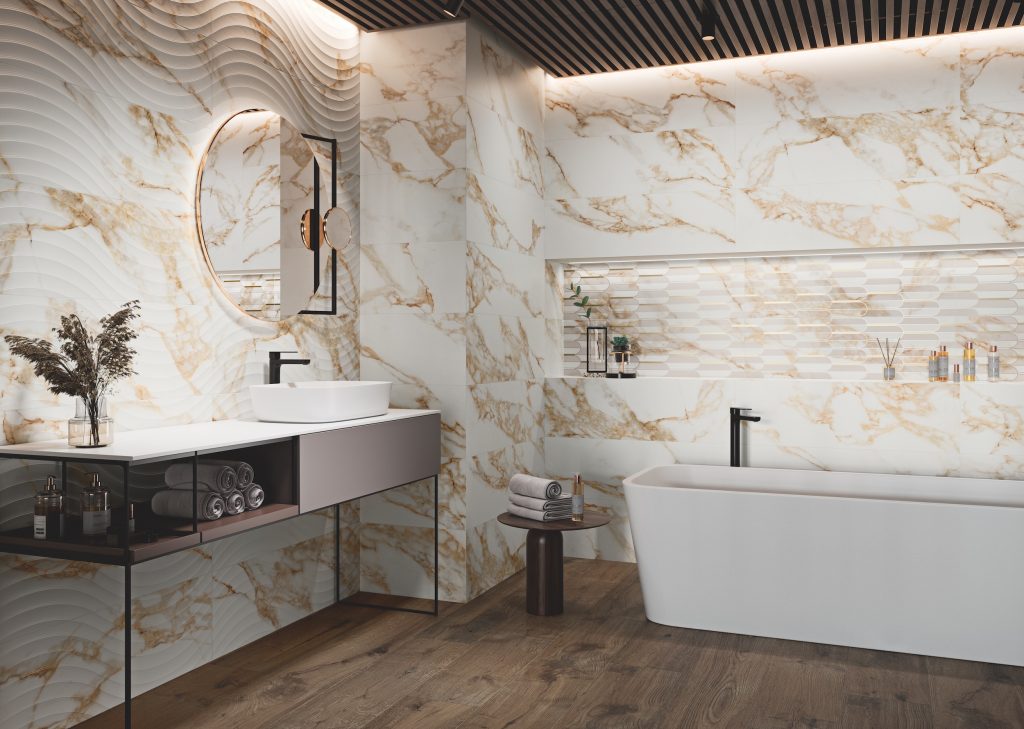
Integrating Living Spaces
Redesigning and uniting different areas of the home is the perfect way to optimize every inch of livable space. The problem with many homes is not their size, but the inefficient way space is distributed throughout a floor plan, where certain areas often become unused or serve no purpose.
By removing walls or combining multiple rooms connectivity can be achieved throughout a house, with a seamless transition that flows the front entrance to the backdoor. Open-living plans enable homeowners to make the most their environments, especially in a time where homes have become so multi-functional.
For these design plans, large-format tiles are the most effective floor and wall cladding option. They can visually expand a room and give the illusion that a room is much larger than it appears, all while establishing perfect harmony from room to room.
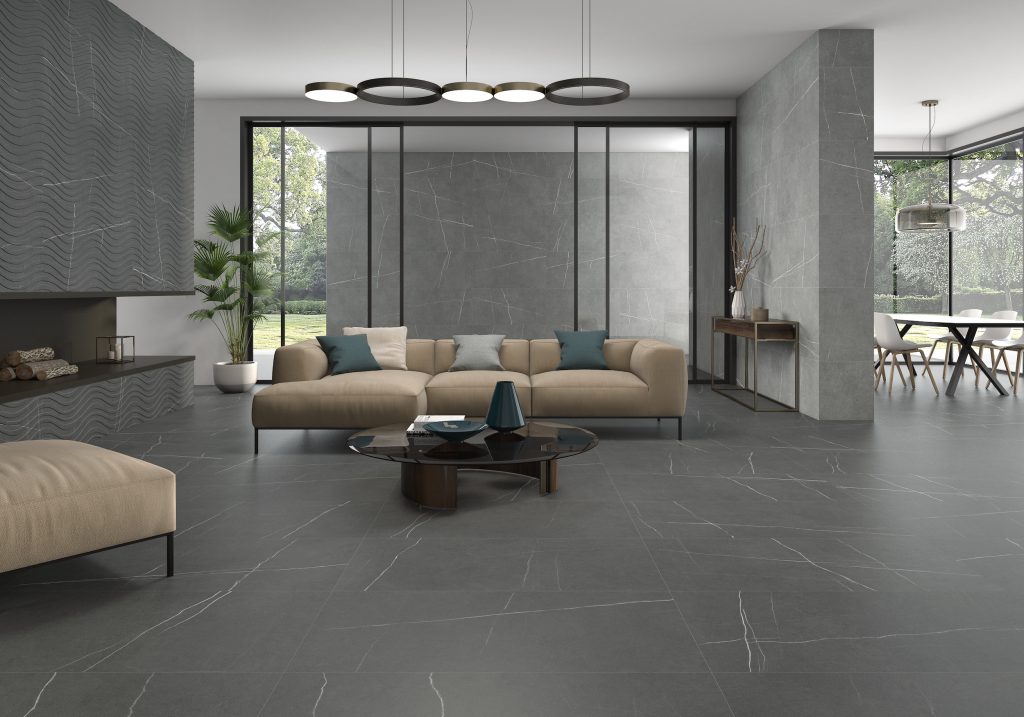
Reclaiming Outdoor Areas
Over the past year, balconies, patios and terraces have come to play a predominant role in in special planning, and for a time, were the only window into the outside world. When arranging a new outdoor area or renovating an outdated landscape, ceramic materials will serve as the perfect covering. Their durability, resistance to water, adaptability to changes in temperature and weather conditions, combined with their technical makeup and design possibilities offer a multitude of installation options from facades to pathways, where they can sustainably enhance their appearance and performance of a house.
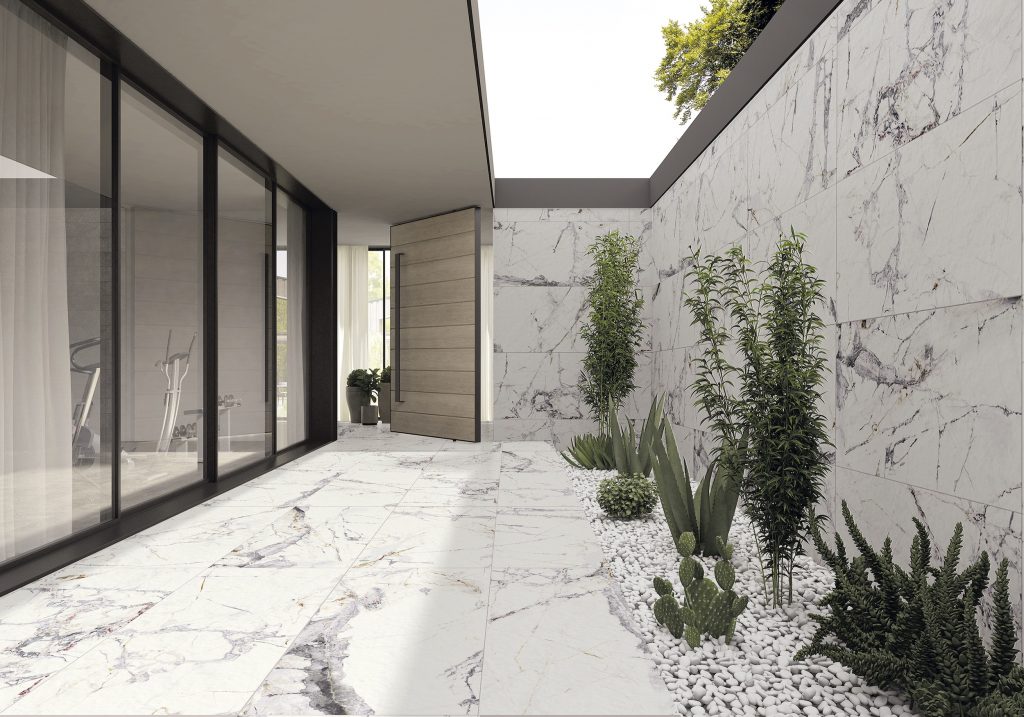
This story was originally published in Ceraspaña 46, a journal published by ASCER/Tile of Spain to promote the use and benefits of Spanish ceramic tiles in contemporary architecture and interior design. Read the article and view past issues HERE.
For even more projects, products and news from Tile of Spain be sure to follow us on Facebook, Instagram, Twitter & Pinterest.

